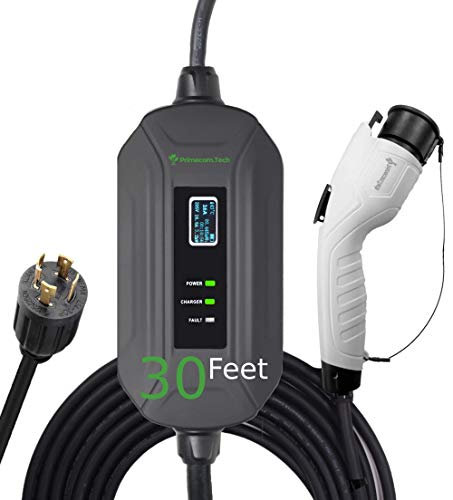bi3mw
New member
(To preface: I did a few searches and couldn't find anything so am creating a post. Additionally, I'm in the US and my area is in the 5 degrees F temperature range right now, so I know this is effecting battery life when driving.)
The car was purchased a few days ago with 1500 miles on it, so it has had some time to "learn" driving styles, though I'm certain not consistent driving styles. However- I plugged the car in yesterday after work and it was on the charger for 12+ hours. Got up this morning and it was only 92% charged after almost 13 hours of charging.
Is this because it hasn't had a full charge since I got the car three days ago, or is this an actual representation of standard charging time for 110v home charging? Also, I ran a quick errand this morning in Eco Pro (not Pro Plus) mode. I drove 6.2 miles and it went from 92% to 38%. I know cold temps affected it, but I'm surprised it went down that low.
The car was purchased a few days ago with 1500 miles on it, so it has had some time to "learn" driving styles, though I'm certain not consistent driving styles. However- I plugged the car in yesterday after work and it was on the charger for 12+ hours. Got up this morning and it was only 92% charged after almost 13 hours of charging.
Is this because it hasn't had a full charge since I got the car three days ago, or is this an actual representation of standard charging time for 110v home charging? Also, I ran a quick errand this morning in Eco Pro (not Pro Plus) mode. I drove 6.2 miles and it went from 92% to 38%. I know cold temps affected it, but I'm surprised it went down that low.
















![300W Car Power Inverter DC12V to AC110V,Dc to AC Car Plug Adapter Outlet with Multi USB[24W USB-C] /USB-Fast Charger(24W) Car Inverter,Car Charger for Laptop Vehicles Road Trip PiSFAU](https://m.media-amazon.com/images/I/41-KedJShYL._SL500_.jpg)






























